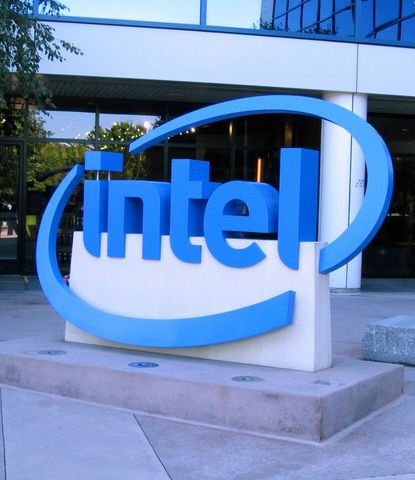

Intel and Unisys are working together to create a secure computing platform that will enable organisations to run Windows, Linux and Unix workloads on the same platform and to more easily migrate those workloads from RISC-based environments to x86 systems.
The computing platform will bring together security capabilities for mission-critical workloads from Unisys with the latest security and computing features Intel has built into its Xeon server-processor platform.
The move comes at a time when Intel is putting more high-end features into its Xeon chips, and as Unisys continues its decade-long plans to migrate many of its mainframe systems from its proprietary chips onto Intel processors. Now the two companies are working together to create a server platform that will make it easier to run high-end workloads on Intel technology.
The platform will include Unisys’ s-Par secure partitioning technology and such Intel technology as integrated I/O, PCI Express 3.0, Turbo Boost Technology 2.0 for greater performance and power efficiency, and Advanced Encryption Standard new Instruction (AES NI) for faster encryption.
The companies in the future will continue adding more Intel technologies into the platform.
The result of the partnership will be a platform based on Xeon chips that will offer enterprise-level security, availability, scalability and predictability, and will address what officials with both companies are calling the top three IT challenges enterprises are facing. Those challenges include being able to leverage the capabilities of cloud computing. Through the new server platform, organisations will be able to host Linux, Windows and Unix workloads on the same platform, and provision them across any environment, from high availability and mission-critical infrastructures to public clouds.
In addition, the scalability of the platform will enable enterprises to better handle big data workloads, such as running open-source Hadoop queries in a single, secure partition by being able to add virtual machines as needed.
The platform from Intel and Unisys, by bringing the partitioning and other mission-critical attributes found on RISC systems to Xeon environments, will make it easier for enterprises to migrate their Unix workloads off their RISC systems and onto x86 technology.
“Intel and Unisys have a joint vision for bringing greater flexibility, simplicity and predictability to the portion of the enterprise computing segment that still uses legacy RISC-based systems today,” Shannon Poulin, vice president of marketing for Intel’s Data centre and Connected Solutions Group, said in a statement. “This innovative platform [gives] organisations a powerful new alternative away from costly, outmoded RISC systems.”
Citing several analyst firms, Unisys officials said the combined cloud computing, big data and Unix-RISC migration markets are about a $23 billion (£15bn) opportunity for both their company and Intel over the next several years. The midrange and high-end server market, where RISC systems running Unix workloads are most prominent, is about a $7 billion market, according to IDC. Unisys, noting numbers from Gartner, said enterprises will migrate 65 percent of their Unix applications to x86 servers by 2017.
IDC analysts in May said that in the first quarter, Unix system revenues fell 35.9 percent over the same period in 2012. Kuba Stolarski, research manager for enterprise servers at IDC, said the role of Unix systems is changing.
“Non-x86 architectures are about to scale out in a big way, as the lines between x86 and non-x86 workloads are blurring,” Stolarski said in a statement at the time. “Customers are increasingly considering x86 servers for mission-critical and other traditional scale-up solutions and non-x86 servers for innovative, cost-effective and integrated solutions for analytics, cloud, mobile and social platforms.”
Do you know all about Intel? Take our quiz.
Originally published on eWeek.
OpenAI chief operating officer Brad Lightcap to oversee international expansion as company consolidates lead in…
Chinese researchers publish details on device that could wreak havoc on undersea communications cables in…
Former Intel chief Gelsinger expands role at Gloo, becoming executive chairman and head of technology…
MEPs add to Commission pressure for second EU Chips Act amidst industry calls for renewed…
Smartphone maker Xiaomi reportedly raises about $5.5bn in Hong Kong share sale as it invests…
BYD's Qin L EV sedan starts at about half the price of Tesla's Model 3,…